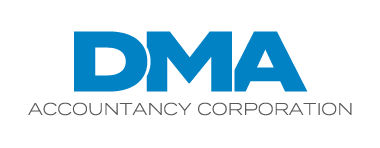For employers that still maintain a pension plan, losing contact with former employees who are vested can be problematic. The issue typically becomes most acute when it’s time for those participants to begin receiving their required minimum distributions (RMDs).
Everyone’s problem
From a plan sponsor perspective, incurring administrative charges for servicing “lost” participant accounts, whether RMDs are due or not, is a big negative. Yet keeping track of former employees before RMDs become an issue is critical. Why? The federal government wants to start taking its slice of taxable distributions, and sponsors who fail to seriously try to track down lost participants could face accusations of a fiduciary breach and potential penalties.
It’s also a problem for the participants themselves. Perhaps unwittingly, they’re missing out on income they’re entitled to. What’s more, they too face potential penalties for failing to take the distributions.
You might expect that former employees would be anxious to start receiving distributions and stay in touch. However, the phenomenon of lost participants is all too common — even at the RMD stage. Common causes include forgetting that a pension account exists, as well as neglecting or being unwilling to keep their mailing addresses current.
Organized, consistent process
So, how can your organization avoid costly troubles with former employees and their RMDs? The key is to not only take all reasonable means to track down lost participants, but also meticulously document that you’ve done so. In short, you need an organized, consistent process.
A good place to start is with related plan and employer records that you may already have on hand. A group health care plan, for instance, may have more up-to-date information on a former employee.
Also, reach out to designated plan beneficiaries. A spouse or child may be able to lead you to a former employee or at least let you know whether he or she is still alive. In a similar vein, if you have current employees who’ve kept in touch with former coworkers, ask them whether they’d be willing and able to supply any kind of contact information for lost participants.
In addition, as a plan fiduciary, you must make reasonable use of Internet search tools. Doing so includes searching public record databases involving licenses, mortgages, real estate taxes and obituaries. You could try social media, too. Should you decide to reach out to a lost participant via “snail mail,” use a certified letter. This is a quick and inexpensive way to find out whether a participant can be located to distribute benefits.
Be persistent
Establishing a clear process for trying to locate lost participants, and being persistent in doing so, can demonstrate a good-faith effort to fulfill your fiduciary duties in case your pension plan is ever audited. And remember: Plan sponsors are always responsible for RMDs — even if you have a third-party administrator. Contact us for more information.
© 2021


Recent Comments